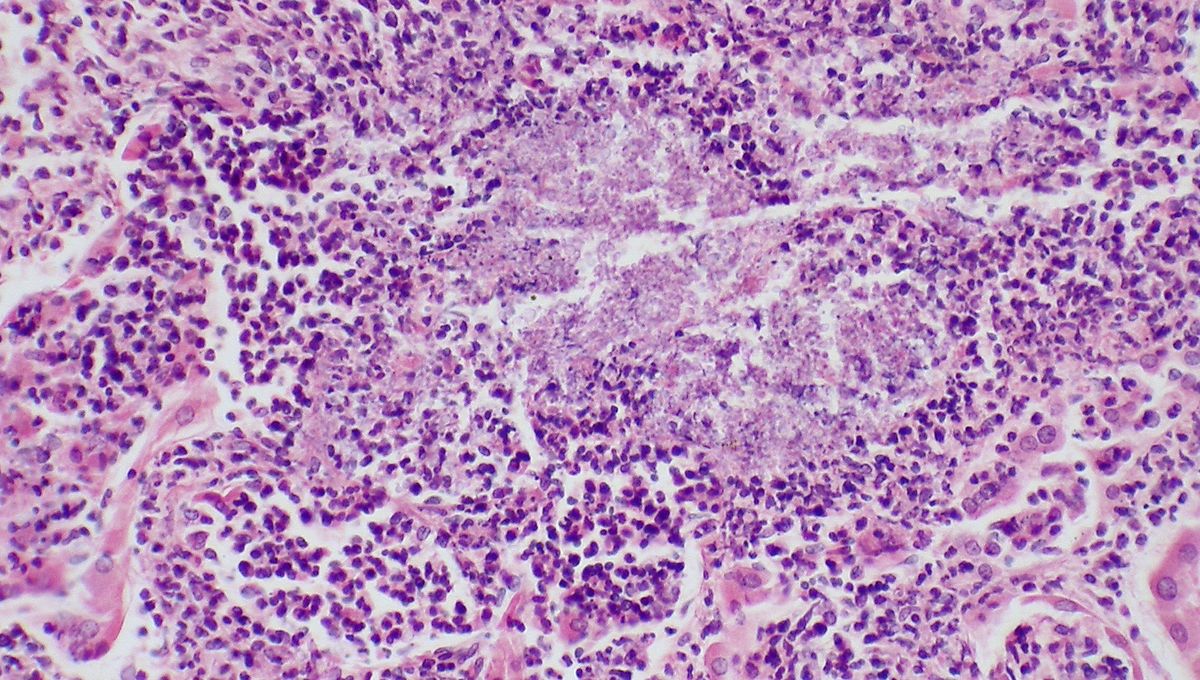
A potentially life-threatening pathogen has just welcomed a new family member, as researchers have identified another distinct group of Candida auris. The discovery brings the number of known clades of the fungus – an emerging multidrug-resistant superbug – to six.
C. auris is a type of yeast that can cause severe illness and is often resistant to antifungal medications. Although healthy people typically don’t get sick, it spreads easily among patients in healthcare facilities and can be dangerous for people with weakened immune systems. The yeast can cause a range of conditions from superficial (skin) infections to more severe, life-threatening illnesses, such as bloodstream infections. Because of its multi-drug resistance, it can be difficult – sometimes impossible – to treat.
Infections are still relatively rare – however, cases have risen drastically in recent years, and as such the pathogen “poses a serious threat to global public health due to its worldwide distribution, multidrug resistance, high transmissibility, propensity to cause outbreaks, and high mortality,” the authors write.
Previously, five geographically distinct clades – or groups – of the fungus had been described: one in South Asia, another in East Asia, and others in Africa, South America, and Iran.
The latest clade to join the fold was discovered in April 2023, when doctors from the Singapore General Hospital identified a patient carrying an unusual strain of C. auris as part of a routine screening program. Usually, these cases originate from people who have recently traveled, but this patient had not left the country for two years, which rang some alarm bells.
After analyzing the strain’s genetics, the researchers found that it didn’t match any of the five existing clades of the fungus, and so must represent a novel, sixth clade. They then tested strains taken from past patients and found two more isolates of this group of C. auris in Singapore and another in Bangladesh.
It is as yet unclear how widespread the new clade is or whether it has the potential to cause invasive infections and outbreaks. Nonetheless, the researchers write, “it is imperative to ensure its early detection and containment for the purpose of patient safety.”
“The implications of this discovery extend far beyond the laboratory. Now that we have discovered the sixth Candida auris clade, there is a pressing need to improve surveillance capability or develop new methods to augment current surveillance strategies so that health care facilities can keep a close watch on its emergence and contain the spread once found,” Dr Karrie Ko, co-first author of the study, said in a statement.
Fortunately, the cases described in the study were still susceptible to all tested antifungals, which should help abate fears of a Last Of Us-style pandemic – but it’s clear the threat of C. auris isn’t going anywhere, hence more needs to be done to identify new strains, track their transmission, and contain any adverse clinical effects.
The study is published in The Lancet Microbe.
Source Link: New Type Of Lethal Fungus That Is “Serious Threat” To Public Health Discovered